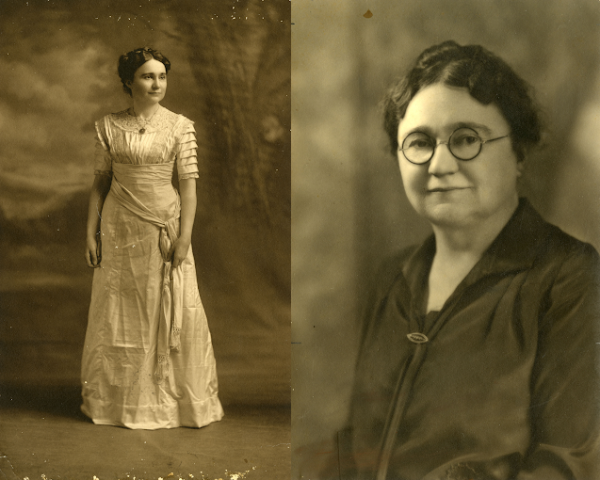Student exercise imperative for bone health
Break a leg … or maybe not. Good bone health is crucial for athletes, both young and old. As a recreational or competitive athlete, bone health must to be well-maintained by eating healthy, putting less negative stress on bones and retaining the proper amount of Vitamin D and calcium.
Poor bone health is strongly linked to future cases of osteoporosis and bone fractures. Osteoporosis is a condition in which the bones become weak and brittle as new bone creation doesn’t keep up with old bone removal. Being aware of possible bone deficiencies and diseases are imperative in preventing these illnesses and avoiding fractures.
The easiest way to identify bone strength is by calculating the Bone Mineral Density. This is especially true for young adults because over 90 percent of bone density is gained by the time one turns 21. However, it is also a vulnerable time where poor nutrition, hypoestrogenism and inadequate calcium intake can affect the BMD and cause osteoporosis at an older age.
Early College student Benjamin Johnson agrees with the importance of bone health in preventing fractures and maintaining bone strength.
“I exercise on a daily basis,” Johnson said. “Just like going to the gym regularly.”
Bone can be divided into two parts, compact bone and spongy bone. Compact bone refers to the tough, dense bone that surrounds the marrow space. On the other hand, spongy bone refers to the inside structure of bones that is distributes bone marrow and has distinct honeycomb structures called trabeculae. These trabeculae house fluid that is moving through the bone’s lacunar-canalicular network and affects the stresses being put on bones and affecting osteogenesis, or new bone formation.
As more eustress, or positive stress, is exerted on the bone, it is stimulated and undergoes osteogenesis. Positive stress, such as that experienced through proper exercise, is also known to be beneficial towards treatment for many bone diseases and skeletal adaptation.
“The more you exercise, the more it strengthens the bones and helps bone health,” said first-year Jacob Perkins.
Exercise includes moderate intensity training for at least 10 to 20 minutes twice a day, at least three days a week for adolescents and young adults. Although various types of exercising can be helpful, the most beneficial for many people is a combination of both cardiovascular and resistance training.
“I try to exercise about two or three times a week,” said first-year Angela Nelson. “Health in general is important to be aware of.”
The goal of exercise in adulthood is to maintain high BMD levels. This is often linked to a lower risk of hip fractures and osteoporosis during old age.
A variety of issues can be the cause of low BMD levels, however some of the more common causes include a deficiency in Vitamin D and calcium. Vitamin D is essential for bone growth, density and remodeling, as it plays a significant role in bone mineralization and calcium regulation through various endocrine mechanisms.
When Vitamin D levels fall under the recommended level of 30 nanograms per milliliter, parathyroid hormone levels increase and activate osteoclastic cells that destroy bone mass in order to increase calcium levels, thus regulating the BMD. Young adults can prevent future bone diseases through maintaining a well-balanced diet that is strong in calcium and Vitamin D, along with consistent, moderate exercise throughout the week.









Kathleen Cody • Nov 5, 2018 at 8:46 am
Thank you for covering this important topic!